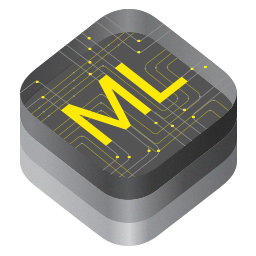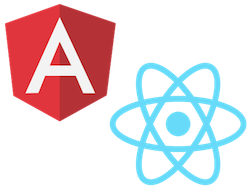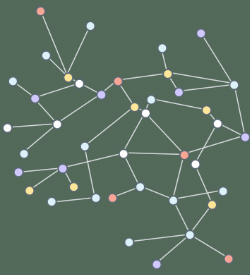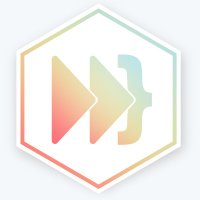Blockchain beyond Bitcoin: Applications in food supply and international aid
You’ve probably heard about blockchain mostly, if not exclusively, in the context of cryptocurrency (e.g., Bitcoin). But blockchain technology also has exciting applications in industries beyond finance. In this post, I’ll talk about two areas where blockchain is just beginning to be applied — food supply chain tracking, and international aid.










